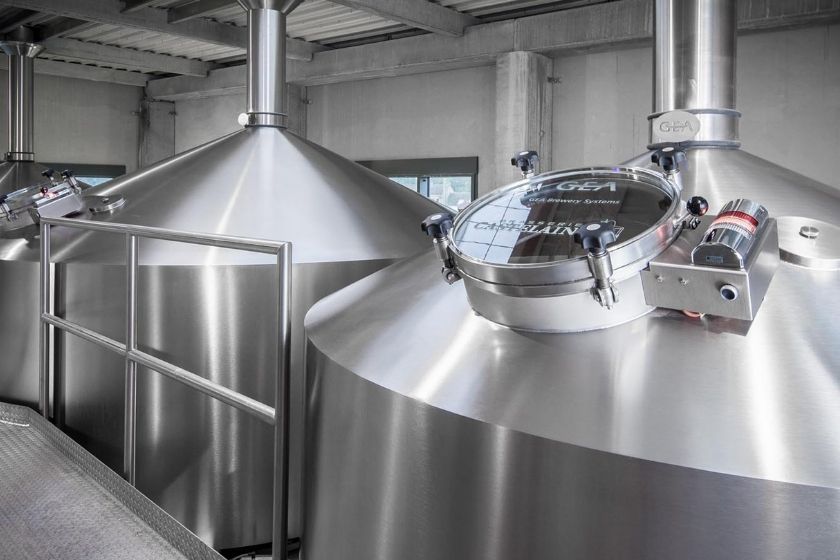How do you brew your beer?
Beer goes through many brewing stages before it reaches your glass. The first is mashing: the procedure that transforms the starch in the malt grains into fermentable sugars (maltose) and non-fermentable sugars (dextrin), which are responsible for giving flavor and other characteristics to the beer.
A successful mashing process is one of the secrets to producing good beer. The mashing temperature defines the consistency and taste of the beer. Understanding how temperature affects this process, as well as learning how to set it, helps you create the beer you want.
There are three types of mashing: infusion, decoction, and temperature-controlled mesh.
In infusion mashing, the malts are added in a large pot that does not go directly on the fire. In these cases, hot water is added little by little. In addition, a special calculator (common in most brewers apps) is used to determine the amount of water needed and its temperature.
In decoction mashing, a portion of the grains in the wort is separated and brought to a boil. After that, it returns to the wort, where its temperature will be raised. This method is very traditional and is often used to produce Pilsen and Bocks. One of the advantages is that it enhances the malt flavor and improves the clarity of the beer.
In temperature-controlled mashing, you must use a heat source to heat the wort to several temperature ramps with a different enzymatic action range.
In most cases, the mashing temperature is between 65-69°C (149-156.2 ºF), the temperature at which saccharification enzymes are active. These enzymes are responsible for converting the starch into maltose and minor sugars, which will be essential for fermentation.
The “protein rest” is another widely used temperature range. It is a temperature stop at around 45-50 °C (113-122 ºF). This helps to clarify the beer and convert the protein-rich grains, such as wheat and oats. When brewing wheat beers, protein rest make a difference in the result.
By knowing the temperature ramps, the brewer can manipulate the action mode of some enzymes present in the grains and make different beers from the same type of malt, customizing the recipe.
How does brewing temperature affect the beer consistency and taste perception?
As we have seen, it is possible to adjust the type of mashing to the style of beer being produced. To do this, it is fundamental to understand how the temperature will influence this process.
To say that a beer is full-bodied means that its gravity and consistency are greater. Generally, light-bodied beers are less alcoholic, although this is not a rule. It is possible for a beer to have more body even if it has a lower alcohol content. To do this, it is necessary to adjust the brewing temperature.
Mashing removes the starches from the grain and turns them into sugars for the wort, which will be consumed by the yeast in fermentation. These sugars define the alcohol content and taste of the beer. The mashing temperature determines the amount and type of sugars that will be added to the wort.
How to control the brewing temperature?
Beware of very low temperatures. Temperatures below 63 °C (145.4 °F) reduce the enzyme conversion rate and can jeopardize your production.
Temperatures that are too high also harm the process and leave the beer with more body than expected. In addition, they release tannins that add bitterness to the beverage.
Before starting your production, check the ideal brewing temperature to achieve the expected result, and make sure to maintain it.

















